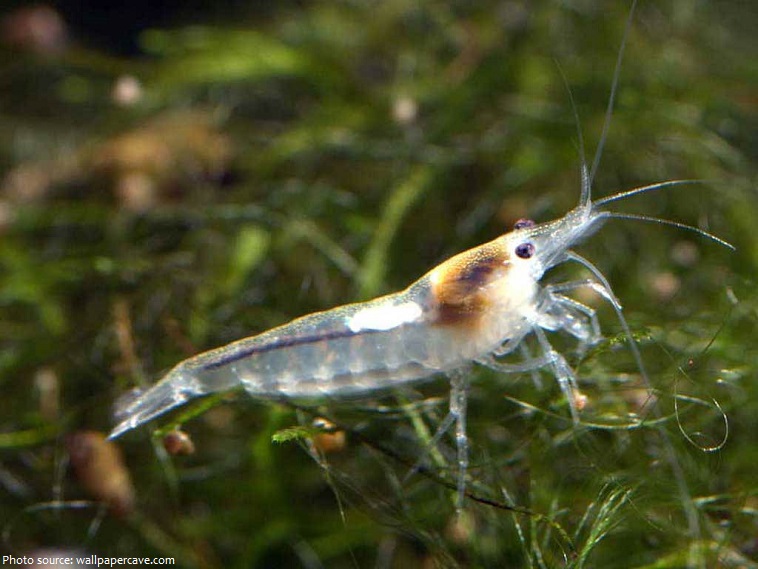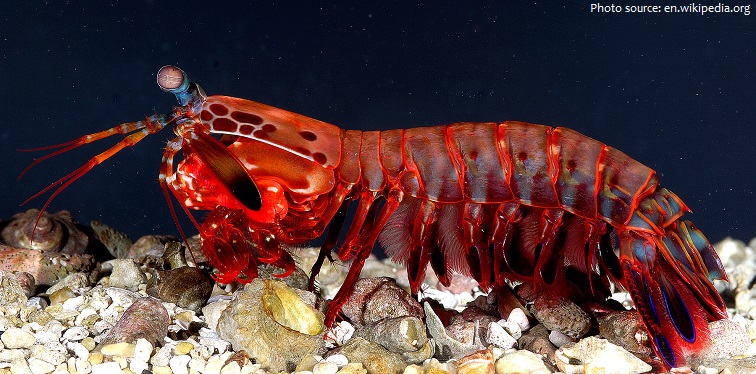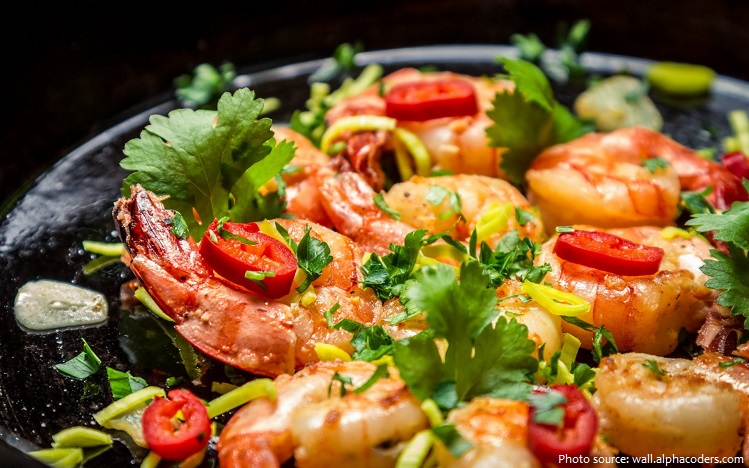Did you know these interesting facts about shrimp?
The term shrimp in the specialty Aquatic is used to refer to certain species of carnivorous crustaceans.
Currently there are more than 2,000 species of shrimp in the world. They are widespread and are readily found near the seafloor of most coastlines and estuaries, as well as in rivers, canals and lakes.

Their average lifespan is usually from 1 to 7 years depending on the species. Such as ope ula (Hawaiian red shrimp), this is one of the very long-lived shrimp species, they can live beyond 20 years in captivity.
Shrimp range in length from a few millimeters to more than 20 centimeters (about 8 inches); average size is about 4 to 8 centimeters (1.5 to 3 inches).

They are characterized by a body that is compressed from side to side, long antennae and legs, lamellar gills, thin and semitransparent exoskeleton, and fan-like tail.

The color of shrimp is largely influenced by its natural habitat. Some species can even change color to blend in with their surroundings for camouflage purposes. Shrimp species that live in tropical and subtropical habitats are often brightly colored. While some other species are transparent so that it is difficult for predators to detect them. Brown and blue shrimp species are found in muddy river bottoms.

So what is shrimp’s favorite food?
Most shrimp are omnivorous. Their food consists mostly of small plants and animals; some shrimp species feed on carrion. However, the interesting part is not what they eat, but how they do it. Cleaner shrimp are known to participate in a stylized dance that attracts other fish to come close enough so that the shrimp can feed on it, or “clean” the other fish.
Shrimp reproduction:
Have you seen female shrimp bearing eggs? The female shrimp may lay from 1,500 to 14,000 eggs, which are attached to the swimming legs. The swimming larvae pass through five developmental stages before becoming juveniles.

In the aquatic food chain, shrimp play an important role and are the main food source for larger animals from fish to whales.
The muscular tails of many shrimp are edible to humans, and they are widely caught and farmed for human consumption. Some commercial shrimp species also support an industry worth 50 billion dollars a year.
According to many nutrition publications, shrimp have high levels of omega-3 fatty acids and low levels of mercury. As with other seafood, shrimp is high in calcium, iodine and protein but low in food energy.
In addition to being food for aquatic animals and humans, several types of shrimp are kept in home aquaria. Some are purely ornamental, while others are useful in controlling algae and removing debris.
We often hear the terms shrimp and prawn, but these are common names, not scientific names.
Their close relatives include crabs, crayfish, and lobsters, which are highly nutritious and economically valuable species.
By Tracy (Meksea Team).

